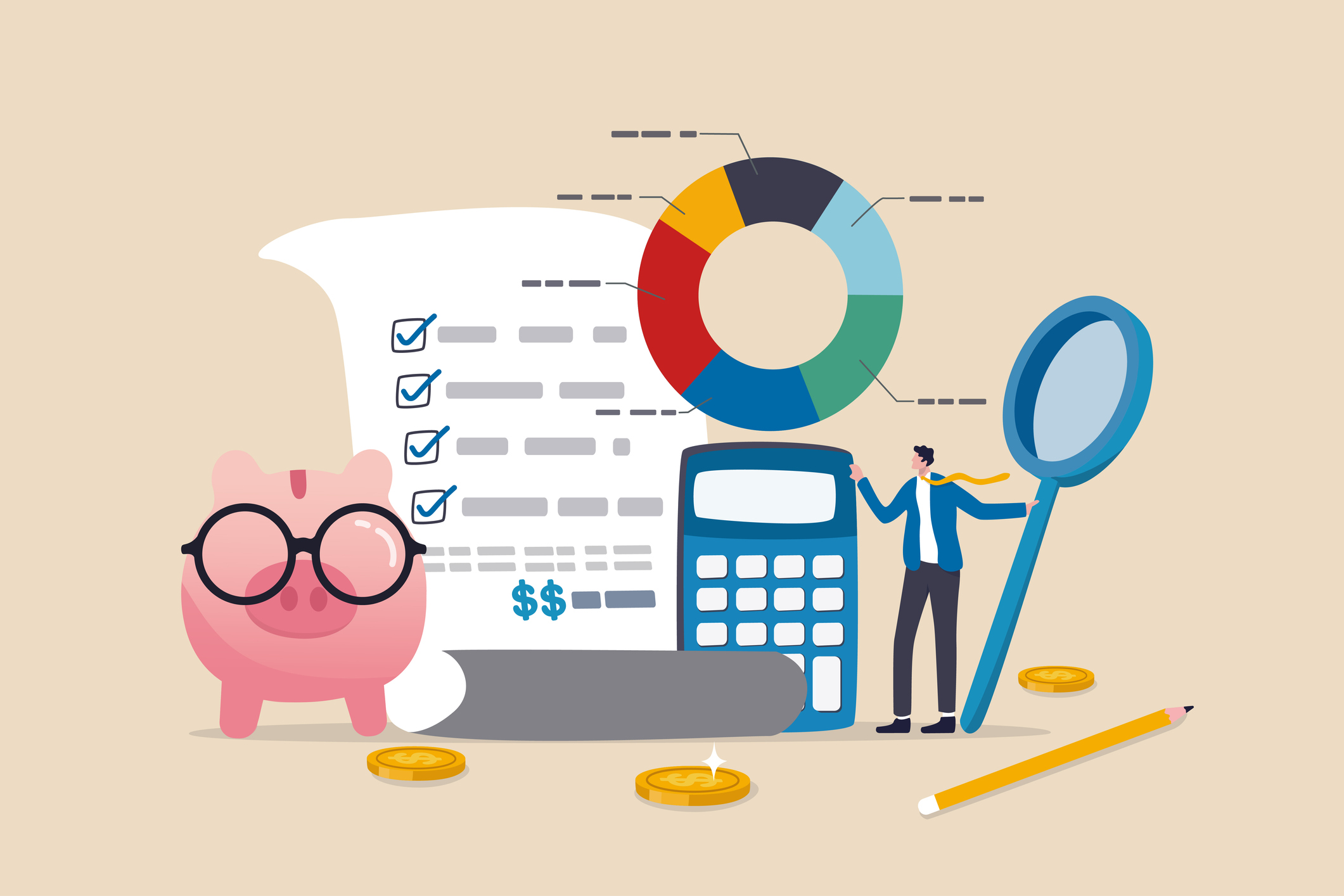Matt Bacon June 1, 2021
Retirement preparedness is a tricky subject. The Federal Reserve conducted a brief survey on the subject just before the pandemic. 44% of respondents felt that their retirement was not on track while another 20% said they weren’t sure. That’s startlingly high at 2 out of every 3 Americans.
We’ve spent more than three decades helping people prepare for retirement. This is what we’re asked about most:
- Is my retirement on track?
- How do I know how much money I need?
- Can I retire now? If not, when?
- Do we have enough money to help out our kids?
- How will we manage healthcare and medical expenses?
- Do we have enough for a big purchase, like a second home?
These questions transcend income levels. Everyone wants to know. Fortunately, there are volumes of research on the subject and getting an answer isn’t out of reach. But here’s the tricky part – the research is largely siloed. No clear picture or roadmap exists to help put it all together. Enter the planner.
Retirement: It Starts with You
Balancing the competing forces of your retirement plan is hard. Really hard. It’s why easy maxims like “the 4% rule” and “your retirement number” exist. Yes, everyone will need a nest egg on which to retire. But the size of the nest egg is based on variables like how much you’ll earn on that nest egg and how long you’ll live. These are both variables that look out across decades. How much credence can anyone truly put on that?
This is why focusing on what you can control is so important. Your expenses and lifestyle fall into this category. Starting intentionally with answers to some big questions can help give shape to your upcoming retirement:
- What do you want your lifestyle in retirement to look like?
- How will you keep busy?
- Will you continue to work or stop completely?
- If you are married, will one spouse continue to work?
- How important is cost of living to you?
- How much travel will you do?
- What will your family legacy look like?
Building a Retirement Budget
Once you have a general idea on what your lifestyle will look like, you’ll need to figure out how to pay for it. We’re talking about budgets here. Arguably the sexiest part of your retirement planning, running a mock budget of your retirement expenses will help chisel the broad shape of your lifestyle into something that’s actually tangible.
Remember those easy maxims we talked about earlier? Planning for 70-80% of your pre-retirement expenses is a common one that won’t cut it. There’s a wide body of research that shows your expenses are likely to be higher the first few years of your retirement as you work through your bucket list. It will drop as you cross those things off your list and settle into more sedentary activities. It later increases again with medical expenses as you approach the end of life. Your expenses aren’t likely to adhere to a neat and linear growth pattern.
How do you budget this? Look at your current expenses and map it over to retirement. Most people don’t dramatically change their lifestyle and cut back when they stop working. It’s a transition and a process. Gross this up for a big trip or two and you’ll likely have something close to what you’ll actually spend.
Do a Double Take with Debt
Be sure to look hard at debt. You may retire with a few years left on the mortgage and this may be your largest single expense. Seeing this expense disappear a few years into retirement can change your landscape dramatically. Consult a planner to help you map out exactly how.
The bad debt, however, needs to be tackled hard and early. Credit cards are difficult while you’re working and disastrous when you’re retired. Remember, these are a means to facilitate current purchases based on future paychecks. But you don’t have a paycheck in retirement. You only have savings, which are past paychecks put aside to satisfy future purchases. It is the literal opposite of a credit card.
Running up card balances cuts extra deep in retirement. You’re projecting months and years off how long that nest egg lasts.
Investing for Income Starts With Your Assets…and Your Income
It’s time to look at your assets once you have your debts and budget hammered out.
This includes everything: Savings, 401(k), pensions, taxable accounts, and where you stand with social security. Avoiding poor investment choices in your retirement accounts before you stop working and making the right decision on when to claim social security will have a tremendous impact on your retirement.
For example, you can claim Social Security as early as age 62 or as late as 70. Your social security benefits increase by about 8% every year that you wait to claim. That’s an 8% pay raise promised by the US government for the rest of your life. There is nothing else on the planet that can match that deal and its inflation protected!
Moreover, your claiming strategy impacts your spouse. Survivorship benefits are impacted by when you choose to claim. Claiming too early could leave your spouse in a tight spot if and when you predecease them.
Creating a Plan to Retire Worry-Free
Income producing assets like bonds and dividend paying equities will form the next layer of your retirement income stream after pensions and social security. A good retirement investment plan provides income, diversifies well to mitigate downside risk, and accommodates growth for the future. Unclear on how to build for all three? It’s a shameless plug but we can help. There are also a jillion different apps and algorithms that can help if you’re not a people person/don’t care to see us.
There are plenty of factors that come into the fold when you build your portfolio, but the common divisor that unites them all is you. You must stay invested during bear markets and avoid chasing shiny objects and lottery stocks in bull markets. (Very hard to do both, btw). Having someone to talk you out of bad ideas is helpful in this effort. So is sticking to your risk profile and the investment plan you ultimately create for yourself. Discipline literally pays when it comes to your investment plan.
Did I Hear Taxes?
Yep, you’ll still have these in retirement. You’ll be taxed differently in retirement than in your working years. 1099-Rs will become a common sight. Most people pay less in taxes in retirement than they did when they were working but it’s not necessarily a given. Pay attention to where you relocate if and when you downsize your home. Not all states assess an income tax and those that do assess at very different rates.
Additionally, going over certain income thresholds can impact other benefits. Your Medicare Part B premium is means tested. Finding out your premium jumped up is a nasty surprise. Minimizing taxes will be just as important in retirement as it was while you were working.
Categorize assets into whether they belong in tax-advantaged accounts, like an IRA, or a taxable account. The general consensus is that income producing assets belong in tax-deferred accounts while growth-oriented assets belong in taxable accounts or Roth accounts. Shifting your asset mix is an easy change that can yield BIG results!
Ultimately, a solid plan will take advantage of any favorable tax treatment to which you are entitled. Retirement planning can benefit from tax-loss harvesting tactics, capital gains management techniques, charitable donations, and sticking to tax-efficient spenddown strategies.
The very next thing you should do with your life
Download our retirement planning checklist. It’s thorough and will give you the retirement planning details you didn’t know you needed to look for – from healthcare coverage gaps, Medicare options, the documents you need to protect yourself and your spouse, and even social security tips and best practices.
Its outrageously helpful. Download it from our homepage.
- Report on the Economic Well-Being of U.S. Households in 2018 – May 2019. The Federal Reserve.










